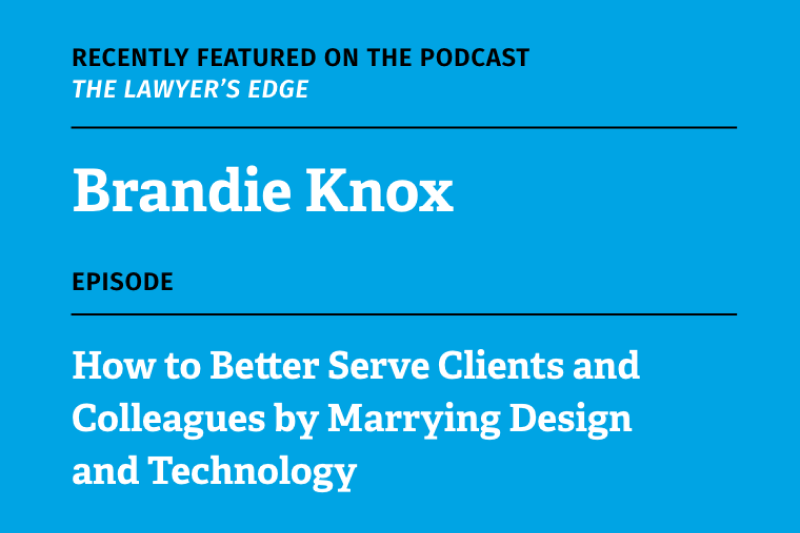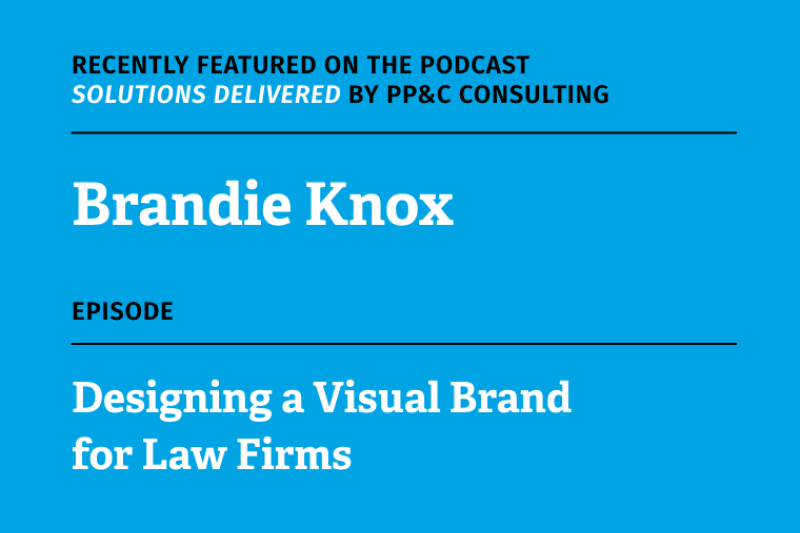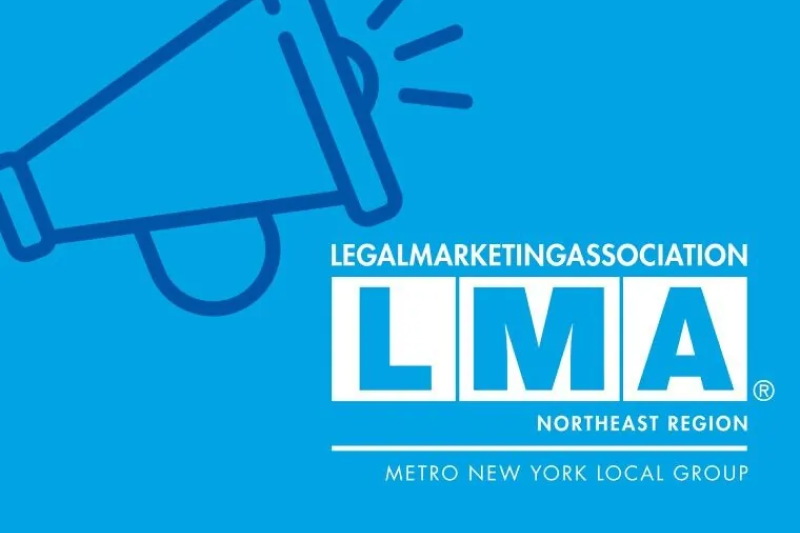

The red of a stop sign. The yellow hue of golden arches up ahead. The deep forest green of a stable financial services institution. The red-and-white label of a classic soda bottle.
It’s no great design secret that color makes a big impact. In fact, engaging with color theory is a key element of brand design and strategy. We’ve all heard the age-old wisdom that certain colors elicit specific emotions and behaviors – red is described as passionate or angry, blue signifies safety, green elicits visions of peace and nature.
But is the use of color so straightforward – or limited – in the current age of design and marketing?
Gone are the days when your brand was easily defined as safe, stable, confident, or quirky merely by your choice of color. While color certainly plays a part, today’s audiences are much savvier. Through the sheer volume of content, branding, and media consumed by today’s prospective clients, we’ve all developed a keen sense of branding and design in context.
Take the color red, for example. Sure, it can indicate passion, excitement, or (according to a burger chain you may have heard of) hunger. But it could also be associated with “being in the red,” or a state of emergency or panic. In contrast, a bright red block-style font on a movie poster usually indicates a comedy. Let’s take it one step further and consider how red is used by traditional and trusted institutions such as CNN, the Met, the BBC, Time magazine, or Bank of America.
So what does red convey in 2023? Certainly not just one feeling or emotion. The scope of color use in design is contextual, and much less – pardon the pun! – black and white.
When we engage with logo designs, our brain tries to figure out whether a brand is contemporary or traditional, large or small, whether they’re friendly or not, and so on… even if we aren’t consciously aware of it. In fact, our eyes are highly attuned to “reading” brands visually. But by following traditional notions of “safe” or “positive” colors, you can actually end up making a choice that has an adverse reaction to how want your brand to be perceived. This is the important distinction to make – raw colors may elicit certain reactions in our brains, but our brains adjust for context. Just because your logo is red doesn’t mean your brand will be perceived as either positive or negative. Rather, paired with the right messaging throughout your marketing, a bright red logo may stand out and attract viewers, as many other bright, rich colors do.
When your audience operates with today’s innate visual savvy, how can your law firm, PR firm, healthcare company, or AEC brand build an identity through color? Our team offers some insights into how to consider color in your rebrand or messaging:
Quickly designing a logo to slap on marketing material is not comprehensive or effective brand strategy. Rather, we look to build an identity that truly represents the feel and potential of a brand, and then design materials that support and define that identity. What’s your firm’s personality? How do you want to be perceived? Who is your target market looking for and how do you communicate effectively with them? Start by establishing your business’s identity first and then move from there, rather than trying to “fit the mold” with a traditional color palette that anyone could use.
Once your identity is clear, it’s easier to find markers that drive color and develop your visual brand. Typically, this is about balancing aspects of your firm’s personality. You want clients to feel secure, but also excited. You want them to see that you’re established, stable, and capable, but you also want to project a sense of innovation, and perhaps creativity or even uniqueness.
Color is about associations. Associations change over time. In the past, a dark or muted color scheme could certainly demonstrate reliability. However, that same palette and design today could read as old-fashioned, inflexible, or outdated. We may associate a deep green with relaxation or calm but, in reality, certain similar hues may elicit specific associations such as Spotify, Starbucks, or Whole Foods. In branding, this means visual messaging is the result of how the shape and color combination makes us feel – not intrinsically, but as a result of similar combinations we may have seen before. Consider how the blue plus sign indicates a healthcare agency, but the same sign in red indicates an emergency room. Theses are two separate emotional reactions from the same symbol, driven by color and context.
Today, considering how your brand and color palette can impact a wide range of viewers is a must for impactful, successful design. Is your marketing still meaningful to those who are color blind or vision-impaired? How can you craft a color palette and express it in user experiences that speak to all potential users and customers? Rather than simply asking yourself how one color makes the viewer feel, it’s imperative to get curious about what colors can be used to best communicate with everyone.
Traditional fonts and color schemes no longer indicate safety and stability. Likewise, bright colors and futuristic fonts no longer equate with a futuristic, edgy brand. Rather, it’s the combination of color, shape, visual messaging, and overall design that, together, send us contextualized messages throughout the world of marketing. Perhaps it is time to shake up your use of color!



